Not every innovation wins. But some draw so much attention that they become symbols of failed innovation. Juicero is one of those cases. Why has the high tech juice machine failed so badly?
As we talked in the article about the Museum of Failure in Sweden (click here), failed innovation exists a lot, but we tend to hide failure rather than learn from it. One of the most promising startups of the moment was Juicero. In addition to producing a high tech juice machine with internet of things (IoT) and wifi connection, it also delivers the juice packs to the customer.
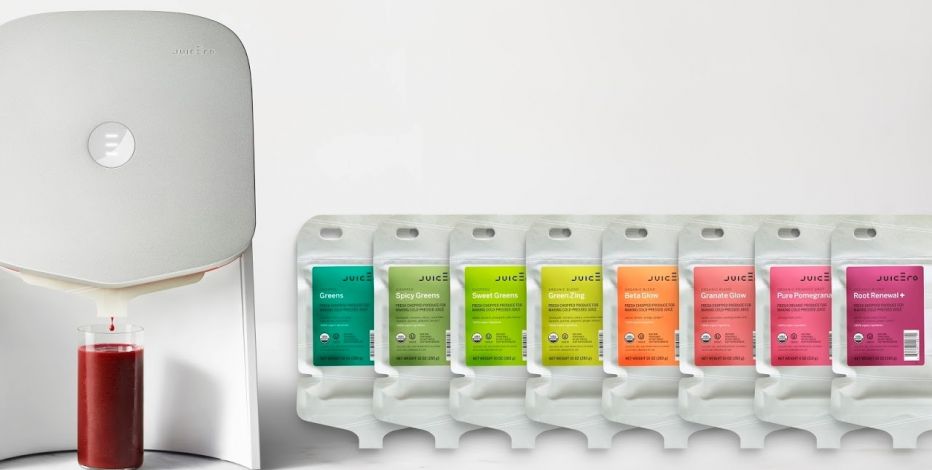
So far so good, the startup received 120 million dollars of investment, even Google sponsored the venture. For 400 bucks anyone could have fresh juice at home without going to the fair, peeling fruit and washing the processor.
One day two journalists made a video showing that it is possible to get exactly the same juice by squeezing the packages with their hands. From then on the failure came on leaps and bounds.
Why Juicero failed?
Apart from the obvious motive, there are other reasons that have contributed to its ruin. Follow me:
1- They spent 3 years building the machine in secret without testing an MVP (minimum viable product) with the consumer.
2- Why pay $400, if a nutribullet (very famous among the same audience of Juicero) costs $39 and you only need to wash a glass after use?
3- The founder had dreams for his company, even compared it to Tesla and Apple, but there is no evidence that he has done any research with the consumer despite having received 120 million in investment. The dream was in his mind, but he never confirmed if the client had this need.
4- The price of the juice package is 5 dollars. Even after the high investment in the machine, there is the recurring cost of the juice itself. Each package yields only 1 cup.
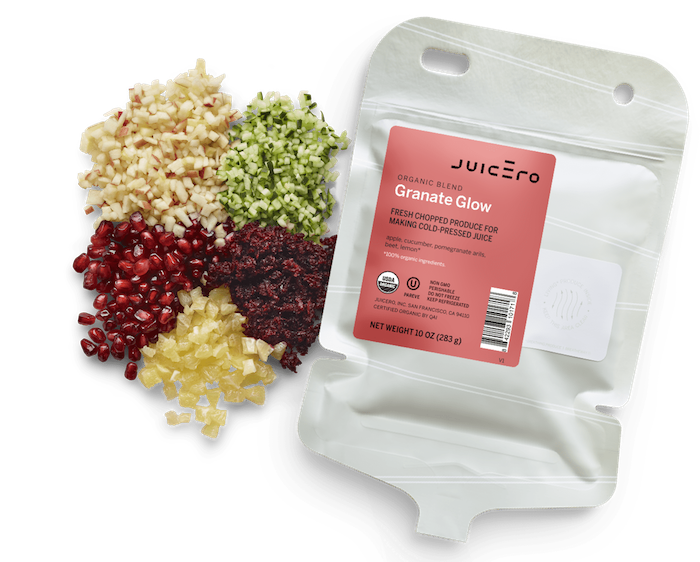
5- The machine is incredibly complex, which makes its cost extremely high. Is the customer willing to pay so much more so that his juice machine reads QR codes remotely and invalidates expired expiration packages?

Juicero pieces
6- The company claims to be the first to offer a domestic cold pressure juicer, but that’s not true. Just quick Google search to see numerous offers of competing machines.
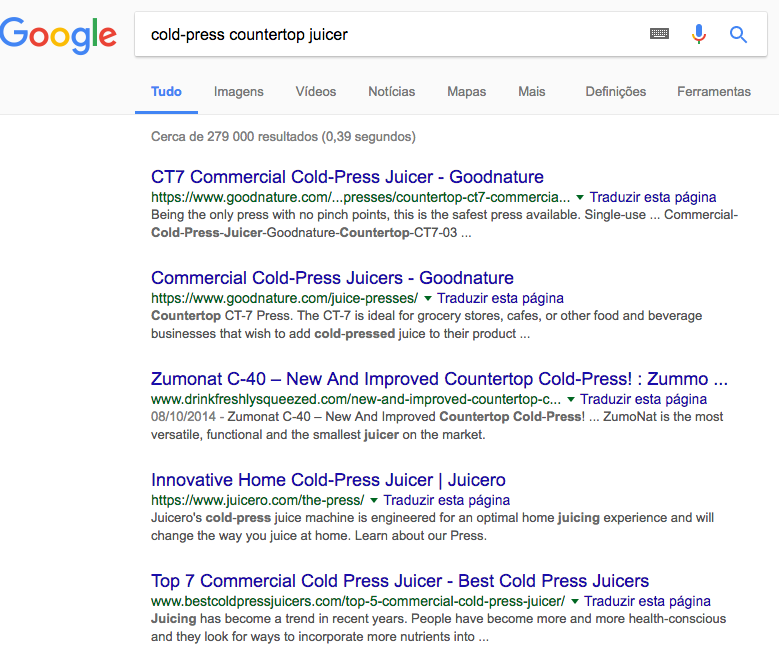
7- Investors financed the startup with millions of dollars just by the promise. The company had not sold a single unit of the product until then.
Zero invites imagination, but small numbers invite questions about whether a large number will materialize. (Eric Ries – The Lean Startup)
8- All the technology of the machine is a “nice to have”, not a “must have”, that is, it is beautiful, but not essential.
Success is not the delivery of a resource; Success is learning how to solve the customer problem. (Eric Ries – The Lean Startup)
To conclude, we have one more lesson from the book “The Lean Startup”:
We must learn what customers really want, not what they say they want or what we think they should want.
PS: Have you read The Lean Startup? It will be one of the titles you find in the Innovation Library of Eat Innovation.
References: O Estado de São Paulo, Quartz, CB Insights, Business Insider, Bevnet, Gizmodo, Inc., Bolt Blog, New Product Success, Food Navigator, The Organic Kitchen

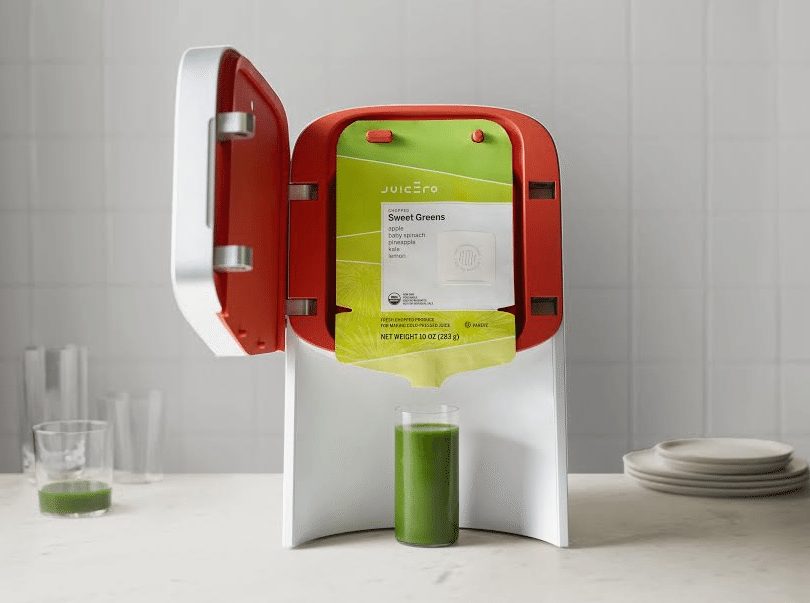
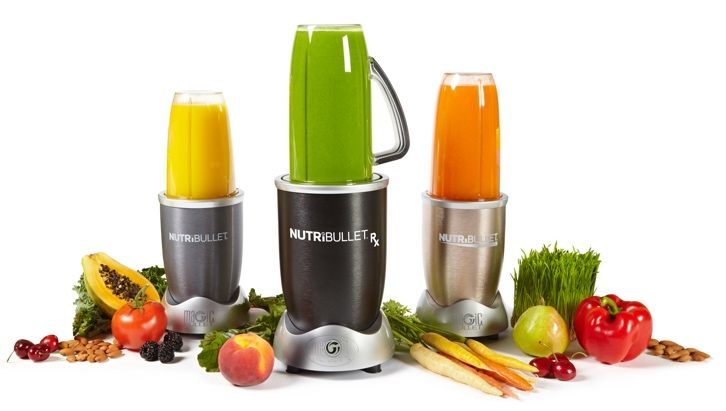

COMMENTS